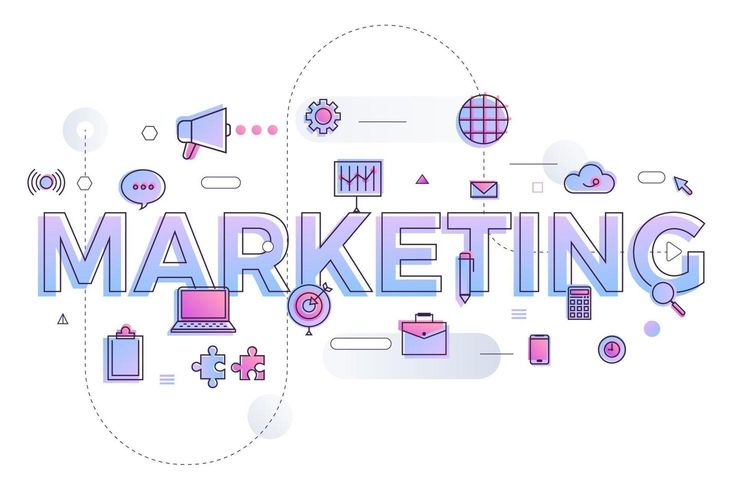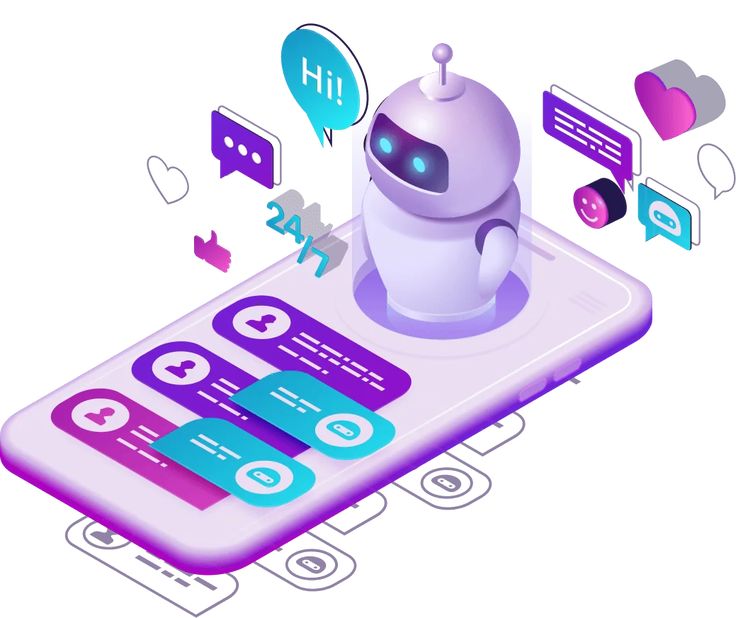- Details
- Written by: Jefe
- Category: Blog
- Published:
- Hits: 1883
Primary Industries
-
Coaching and Consulting (business coaches, life coaches, consultants)
-
Constant scheduling, email, and content/podcast production
-
-
Real Estate (brokers, realtors, property managers)
-
Client communication, scheduling showings, document management
-
-
Health & Wellness Providers (therapists, chiropractors, clinics)
-
Appointment scheduling, billing, follow-ups
-
-
Marketing Agencies and Freelancers
-
Admin, client management, and technical backend support
-
-
Legal and Financial Advisors (Small Practices)
-
Client communication, invoicing, document handling
-
-
E-Commerce Businesses
-
Order support, customer service, and tech platform help
-
-
Creative Entrepreneurs / Influencers / Podcasters
-
Podcast production, publishing, scheduling, and promotion
-
-
Trade and Home Services (HVAC, electricians, landscapers)
-
Scheduling, customer service, quoting
-
Secondary Industries
-
Nonprofits and Associations
-
Independent Insurance Agents
-
Virtual Event Companies
-
Authors and Publishers

- Details
- Category: Blog
- Published:
- Hits: 2903

Why Digital Marketing is Essential for Small Businesses
In today’s increasingly connected world, digital marketing is no longer a luxury—it’s a necessity. For small businesses, it represents a powerful tool to level the playing field against larger competitors. Here’s why digital marketing is not just a good thing, but a game-changer for small businesses.
1. Cost-Effective Advertising
Traditional advertising methods like TV, radio, or print can be expensive and often out of reach for small businesses. Digital marketing, on the other hand, offers affordable options such as social media ads, pay-per-click (PPC) campaigns, and email marketing. Platforms like Facebook, Instagram, and Google allow businesses to set flexible budgets and pay only for the results they achieve, making it a cost-effective way to reach potential customers.
2. Targeted Reach
Digital marketing enables small businesses to focus their efforts on a specific audience. Tools like Google Ads and Facebook Ads Manager allow businesses to target people based on demographics, location, interests, and behavior. This precision ensures that marketing dollars are spent reaching the right people at the right time, maximizing return on investment (ROI).
3. Increased Brand Awareness
Having a strong online presence is crucial for building brand recognition. Social media platforms, search engines, and content marketing help small businesses reach wider audiences and establish credibility. A well-maintained website, engaging social media profiles, and consistent branding can make a small business appear just as professional as larger competitors.
4. Improved Customer Engagement
Digital marketing allows small businesses to interact directly with their customers through social media, email, and online reviews. Platforms like Instagram and Twitter make it easy to respond to inquiries, address concerns, and build relationships. This two-way communication fosters customer loyalty and encourages word-of-mouth referrals, which are invaluable for small businesses.
5. Data-Driven Decisions
One of the greatest advantages of digital marketing is access to analytics. Small businesses can measure the performance of their campaigns in real-time, gaining insights into what works and what doesn’t. This data allows them to make informed decisions, optimize their strategies, and allocate their resources more effectively.
6. Competing with Larger Companies
Digital marketing levels the playing field, enabling small businesses to compete with much larger companies. While big corporations have larger budgets, small businesses can leverage creativity and local expertise to craft personalized and relatable campaigns. Search engine optimization (SEO), for example, allows small businesses to rank locally, making them more visible to nearby customers.
7. Adapting to Consumer Behavior
The majority of consumers now research products and services online before making a purchase. Without a digital presence, small businesses risk being overlooked entirely. Digital marketing ensures they’re visible where their customers are looking—on Google, social media, or review platforms like Yelp.
8. Building Long-Term Relationships
Email marketing, loyalty programs, and social media engagement allow small businesses to stay connected with their customers over time. These strategies not only drive repeat business but also encourage customers to become brand advocates who recommend the business to others.
Final Thoughts
Digital marketing is no longer optional for small businesses; it’s essential. It offers a cost-effective, measurable, and impactful way to reach customers, build brand awareness, and drive growth. With the right strategy, small businesses can use digital marketing to not only survive but thrive in today’s competitive marketplace.
By embracing digital marketing, small businesses can unlock new opportunities and position themselves for long-term success. After all, in the digital age, it’s not about the size of your business—it’s about how effectively you connect with your audience.

- Details
- Category: Blog
- Published:
- Hits: 2333

Transforming Customer Service with AI: A Comprehensive Guide
Customer service is the lifeline of any business, and the integration of Artificial Intelligence (AI) has revolutionized how companies engage with their customers. By automating repetitive tasks, providing 24/7 support, and delivering personalized experiences, AI-powered tools are helping businesses enhance efficiency, reduce costs, and improve customer satisfaction.
Here’s a deep dive into how AI is reshaping the customer service landscape and what businesses can do to maximize its potential.
Key Applications of AI in Customer Service
1. Chatbots and Virtual Assistants
AI-driven chatbots are one of the most popular applications in customer service. Equipped with Natural Language Processing (NLP), these bots can interpret and respond to customer queries in real-time, often mimicking human-like interactions.
- Advantages:
- 24/7 Availability: Chatbots can handle queries round the clock, ensuring customers receive assistance whenever needed.
- Cost Efficiency: They reduce the need for large customer support teams.
- Scalability: Capable of handling thousands of queries simultaneously without performance degradation.
2. Sentiment Analysis
AI systems analyze customer interactions—via chat, email, or social media—to gauge customer sentiment. This helps businesses understand emotions, identify potential issues early, and adjust their responses accordingly.
- Example: AI can detect frustration in a customer’s tone and escalate the issue to a human agent for a more empathetic resolution.
3. Personalization at Scale
AI algorithms can analyze customer data to deliver personalized recommendations and solutions.
- Applications:
- Customized responses based on customer history.
- Personalized product or service suggestions.
- Proactive support, such as sending reminders or follow-ups.
4. Automated Workflow Management
AI optimizes customer support operations by automating ticket classification, routing, and escalation processes. This reduces resolution times and ensures that the right team handles the right issue.
Benefits of Using AI in Customer Service
- Improved Efficiency: AI handles routine tasks, freeing human agents to focus on complex issues.
- Enhanced Customer Experience: Faster responses and personalized interactions lead to higher satisfaction.
- Cost Savings: Automation reduces overhead costs associated with large support teams.
- Data-Driven Insights: AI systems provide actionable insights from customer interactions, helping businesses refine their strategies.
Challenges and How to Overcome Them
-
Lack of Human Touch: Customers may feel disconnected when interacting with bots.
- Solution: Implement hybrid models where AI handles simple queries, and human agents address complex or emotional concerns.
-
Data Privacy Concerns: Collecting and storing customer data can pose security risks.
- Solution: Use robust data encryption and comply with privacy regulations like GDPR and CCPA.
-
High Implementation Costs: Advanced AI systems can be expensive to deploy initially.
- Solution: Start small with scalable solutions and gradually expand based on ROI.
Best Practices for Leveraging AI in Customer Service
- Understand Your Customers: Use AI to analyze customer behavior and preferences before implementation.
- Choose the Right Tools: Select AI solutions tailored to your business needs and industry.
- Train Your Team: Equip your human agents with the knowledge to work alongside AI effectively.
- Monitor and Optimize: Regularly review AI performance and make necessary adjustments.
Future of AI in Customer Service
The evolution of AI promises even greater advancements in customer service. Innovations like conversational AI, predictive analytics, and multilingual bots are expected to become mainstream. Businesses that adopt these technologies early will gain a competitive edge in delivering superior customer experiences.
By embracing AI, companies can not only meet the ever-growing expectations of customers but also redefine the standards of exceptional service. As AI continues to evolve, the possibilities for improving customer engagement and loyalty are boundless.

- Details
- Category: Blog
- Published:
- Hits: 2115

Top Trends for Technology-Driven and Customer-Focused Small Businesses in 2024
Explore the top trends shaping small businesses in 2024, focusing on technology-driven innovation and customer-centric strategies. From AI-powered personalization to sustainable practices and immersive experiences, these trends are helping small businesses enhance efficiency, engage customers, and stay competitive in a fast-evolving market.
-
Artificial Intelligence (AI) Integration
AI continues to transform customer interactions by enabling personalized service, predictive analytics, and efficient automation. Many small businesses are adopting AI-powered chatbots to handle inquiries around the clock, improving customer satisfaction and saving on costs
-
Augmented Reality (AR) and Virtual Reality (VR)
AR and VR are enhancing customer experiences, especially in retail, real estate, and education. These immersive technologies allow customers to preview products or experience services virtually, which can help boost engagement and sales
-
Sustainable Practices and Carbon Tracking
As sustainability becomes a priority, many businesses are incorporating carbon tracking into their operations. Tools like carbon accounting software are helping small businesses meet consumer expectations for eco-friendly practices and comply with emerging regulations
-
Super Apps and Integrated Ecosystems
With the rise of super apps that consolidate various functions (e.g., payments, communications, task management), businesses are improving their connectivity and efficiency. Super apps allow for seamless experiences, integrating multiple services into one platform that can easily support everything from payments to customer service
-
Data-Driven Personalization
Leveraging customer data allows businesses to create more targeted marketing campaigns, tailor product recommendations, and provide a more customized experience. This approach not only boosts customer satisfaction but also increases loyalty and sales
-
Flexible Payment Solutions and Fintech
More businesses are adopting digital payment methods and flexible financing options. With tools like buy-now-pay-later (BNPL) and integrated e-invoicing, businesses can improve cash flow and cater to customers' payment preferences, creating a smoother transaction experience
These trends emphasize how technology can drive business growth by enhancing customer interactions, personalizing experiences, and supporting sustainable practices.